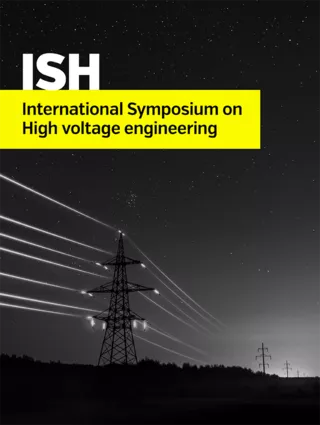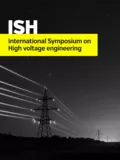Summary
It is well known that partial discharge or electrical arc treatment can result in gas decomposition. While SFx- and F-radicals can almost completely recombine to SF6, such a recombination of radicals is unlikely for fluoro-organic compounds due to their higher complexity. The degradation of the insulating gas can not only cause chemical hazards due to toxic or harmful decomposition products, but it can also compromise the dielectric strength of the gas mixture. Further the fluoro-organic compounds may be decomposed in interaction with materials of high voltage equipment by thermally induced reactions, which could be catalytic or non-catalytic. On the other hand the fluoro-organic compounds and their decomposition products could affect the stability and properties of these materials. Therefore the stability of the fluorinated gases under thermal stress and the corrosion of materials applied in high voltage equipment need to be carefully studied. Consequently, the gas-material interaction was investigated in accelerated aging tests for different fluoro-organic compounds which were mixed with N2 or CO2 as carrier gas. Gas decomposition was studied by means of GC-MS (gas chromatography combined with mass spectrometry) and decomposition products were identified and quantified. Only a certain degree of gas decomposition can be tolerated without lowering the dielectric strength of the gas mixture to a point where reliable operation of the high voltage equipment is no longer given. For the preferred gas-mixture a lifetime is estimated in presence of GIL metals and alloys.
Additional informations
| Publication type | ISH Collection |
|---|---|
| Reference | ISH2017_144 |
| Publication year | |
| Publisher | ISH |
| File size | 574 KB |
| Pages number | 6 |
| Price for non member | Free |
| Price for member | Free |
Authors
W. SARFERT-GAST, M. ISE, F. GOLL



